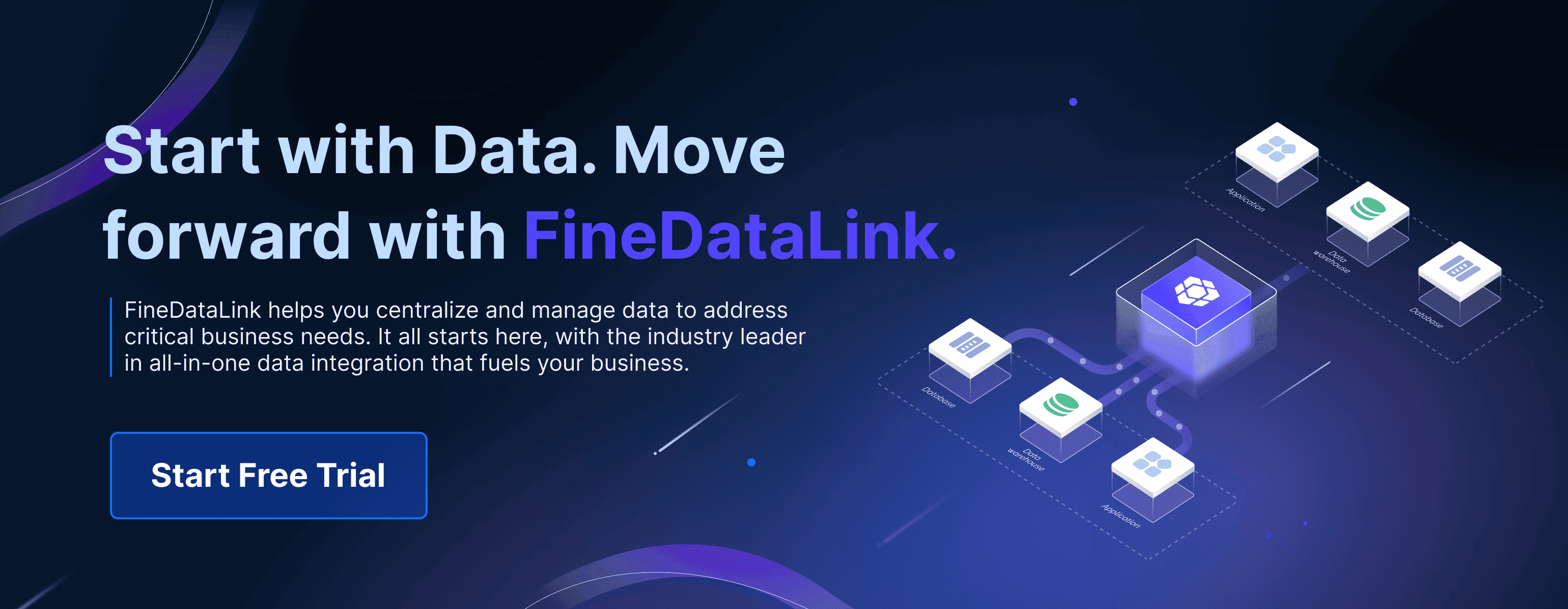A data entry job description in Malaysia involves handling information by entering, updating, and maintaining it in digital systems. You play a vital role in ensuring businesses in Malaysia have accurate and organized data for decision-making. Companies rely on this process to streamline operations, track progress, and improve efficiency. Success in this role requires a combination of technical skills, such as typing proficiency and software knowledge, and soft skills like attention to detail. By mastering these skills, you contribute to the backbone of modern business operations in Malaysia.
Key Takeaways
- Data entry workers keep information correct and well-organized for businesses.
- Correct data is important; small mistakes can cause big problems.
- Keeping data the same helps businesses see progress and trends.
- Knowing tools like Microsoft Excel makes data entry faster and easier.
- Being careful helps find and fix mistakes, making data trustworthy.
- Managing time well helps finish tasks on time with good quality.
- Good communication helps team members solve data problems quickly.
- Learning new skills in data entry can lead to better jobs in Malaysia.
Data Entry Job Description: Key Responsibilities
Data Input and Accuracy
Entering data into systems and ensuring precision
Your primary responsibility in a data entry job in Malaysia is to input information into digital systems with precision. This task requires you to handle various types of data, such as customer details, financial records, or inventory lists. Accuracy is critical because even minor errors can lead to significant consequences.
Maintaining consistency and reliability in data records
Consistency in data records ensures that the information remains reliable over time. You must follow standardized formats and guidelines to avoid discrepancies. For instance, using uniform date formats or consistent naming conventions helps streamline data retrieval. Reliable records are essential for businesses to track progress, analyze trends, and make informed decisions. Your role in maintaining this consistency directly impacts the overall efficiency of the organization in Malaysia.
Data Verification and Validation
Cross-checking data for errors and inconsistencies
Verification is a crucial step in data entry tasks. You need to review the information you enter to identify and correct errors. This process involves comparing data against source documents or other records to ensure its accuracy. Companies that invest in robust verification processes experience fewer errors, leading to better forecasts and improved decision-making. Establishing feedback loops during verification also helps refine data quality over time in Malaysia.
Updating and correcting inaccurate information
Outdated or incorrect data can disrupt business operations. As part of your job requirements in Malaysia, you must regularly update records to reflect the most current information. For example, correcting inaccurate property listings in real estate ensures buyers receive accurate details, preventing lost sales. By keeping data up-to-date, you enhance its reliability and support the organization’s goals in Malaysia.
Reporting and Communication
Generating reports to support business decisions
In a data entry job in Malaysia, creating reports is one of your key responsibilities in Malaysia. These reports transform raw data into actionable insights, helping businesses make informed decisions. For instance, you might generate sales reports to identify trends or compile customer feedback to improve services. By organizing data into clear and concise formats, you ensure that decision-makers can quickly grasp the information they need in Malaysia.
To excel in this responsibility, you should familiarize yourself with reporting tools like Microsoft Excel or FineReport. These tools allow you to create dynamic and visually appealing reports. FineReport, for example, simplifies the process by offering drag-and-drop functionality and customizable templates. This makes it easier for you to present data in a way that aligns with business goals in Malaysia.
Tip: Always double-check your reports for accuracy before sharing them. Even small errors can lead to incorrect conclusions, affecting business outcomes.
Data Entry Job Description: Essential Skills for Success
Software Knowledge
Proficiency in tools like Microsoft Excel and FineReport
Proficiency in data entry tools is essential for success in this role. Microsoft Excel remains a staple for managing spreadsheets, performing calculations, and creating charts. However, advanced tools like FineReport take data entry to the next level. FineReport offers features such as drag-and-drop functionality, customizable templates, and real-time data integration. These capabilities make it easier to handle complex data entry tasks and generate dynamic reports.
To enhance your software knowledge, explore online tutorials or enroll in courses that cover these tools. Platforms like Coursera or Udemy offer comprehensive lessons on Excel and FineReport. Gaining expertise in these tools not only improves your efficiency but also makes you a valuable asset to your organization in Malaysia.
Familiarity with CRM systems and data entry platforms
Customer Relationship Management (CRM) systems like Salesforce or HubSpot are commonly used in data entry roles. These platforms help manage customer data, track interactions, and generate insights. Familiarity with CRM systems enables you to input and retrieve data efficiently, ensuring seamless customer management.
Additionally, specialized data entry platforms like FineReport provide advanced features for managing and organizing information. FineReport’s data entry functionality allows you to create custom forms, validate entries, and synchronize data across systems. This streamlines the data entry process and enhances overall productivity. By mastering these platforms, you can handle diverse data entry tasks with confidence.
Tip: Stay updated on the latest software trends and features. Continuous learning ensures you remain proficient and adaptable in a rapidly evolving digital landscape.
Communication Skills
Collaborating with team members and supervisors
Strong communication skills are vital for resolving data-related issues and ensuring smooth operations. Collaboration often involves working with team members or supervisors to clarify data discrepancies or gather additional information. For example, if you encounter missing details in a customer record, you might need to consult the sales team in Malaysia for clarification.
Active listening plays a key role in effective collaboration. Pay attention to what others say and ask questions to ensure you understand their requirements in Malaysia. Tools like Slack or Microsoft Teams can facilitate real-time communication, making it easier to share updates and resolve issues quickly.
Tip: When collaborating, always document key points from discussions. This ensures everyone stays on the same page and reduces the risk of misunderstandings.
Data Entry Job Description: Commonly Used Tools and Software
Spreadsheet Software
Microsoft Excel and Google Sheets
Spreadsheet software like Microsoft Excel and Google Sheets plays a vital role in data entry. These tools allow you to organize, analyze, and visualize data efficiently. Excel, for instance, offers features like PivotTables, advanced charting options, and extensive formula capabilities. These features help you turn large volumes of data into actionable insights. Google Sheets, on the other hand, provides real-time collaboration, making it easier to work with teams on shared data entry tasks.
Here’s a quick comparison of Excel’s features and benefits:
| Feature/Benefit | Description |
|---|---|
| PivotTables | Organizes, summarizes, and analyzes data, turning large volumes into actionable insights. |
| Advanced Charting Options | Offers various chart types and customization for effective data visualization. |
| Extensive Formula Capabilities | Supports a range of calculations from basic to complex statistical operations. |
| Integration | Works seamlessly with other Microsoft Office tools, enhancing workflow efficiency. |
| Highly Trusted | Established reliability among individuals and enterprises. |
| Powerful Data Tools | Supports both basic operations and intricate data analysis tasks. |
While Excel is highly trusted and widely used, it may feel overwhelming for beginners due to its multitude of features. Google Sheets, with its simpler interface, can serve as a great starting point for those new to data entry.
Advanced reporting tools like FineReport
FineReport takes spreadsheet software to the next level. It simplifies data entry and reporting with drag-and-drop functionality and customizable templates. You can use it to create dynamic reports that integrate real-time data, making it ideal for businesses that require advanced reporting capabilities. FineReport also supports data validation, ensuring the accuracy of your entries. Its ability to handle complex data entry tasks makes it a valuable tool for professionals looking to streamline their workflows.
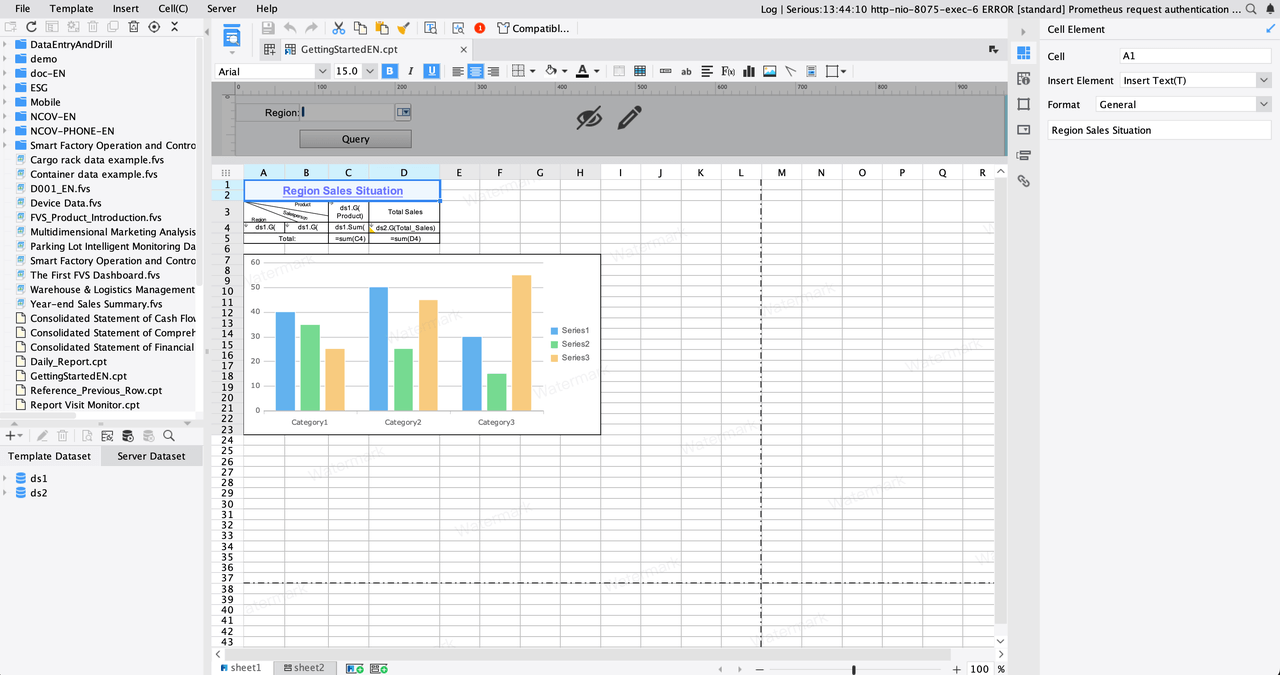
Database Management Tools
FineDataLink for seamless data integration
FineDataLink offers a modern solution for data integration. It synchronizes data across multiple systems in real-time, reducing the need for manual data entry. This tool is especially useful for businesses dealing with data from various sources. By automating workflows, FineDataLink minimizes errors and enhances efficiency. Its visual interface makes it easy to set up and manage data pipelines, even if you’re not a technical expert in Malaysia. With FineDataLink, you can focus on analyzing data rather than spending time on repetitive tasks.

Data Entry-Specific Tools
CRM platforms like Salesforce
Customer Relationship Management (CRM) platforms like Salesforce are widely used in data entry roles. These tools help you manage customer information, track interactions, and generate insights. Salesforce allows you to input data directly into its system, ensuring that customer records remain accurate and up-to-date. Its intuitive interface and automation features make it easier to handle repetitive tasks, freeing up time for more strategic activities.
Optical Character Recognition (OCR) software
OCR software transforms scanned documents into editable text, making it an invaluable tool for data entry. You can use OCR to extract information from invoices, receipts, or handwritten notes, reducing the need for manual typing. This technology not only saves time but also improves accuracy by minimizing human errors. Popular OCR tools include Adobe Acrobat and ABBYY FineReader, both of which offer advanced features for text recognition and data extraction.
Tip: Combining OCR software with tools like FineReport can further enhance your efficiency. You can use OCR to extract data and then organize it into structured reports using FineReport.
By incorporating these collaboration tools into your workflow, you can improve communication, stay organized, and enhance your overall productivity in Malaysia.
Developing Skills That Match a Data Entry Job Description
Improving Typing Speed and Accuracy
Practicing with online typing tools
Improving your typing speed and accuracy is essential for excelling in data entry. Online typing tools provide an effective way to practice and track your progress. Regular practice helps you build muscle memory, making typing faster and more natural. Typing test websites also allow you to measure your speed and accuracy over time. Structured lessons from typing software adapt to your pace, ensuring steady improvement. By dedicating just 15 minutes daily to these tools, you can see measurable progress in a few weeks in Malaysia.
Taking typing courses or certifications
Enrolling in typing courses can further enhance your skills. These courses teach proper hand placement and techniques to reduce errors. Many data entry courses include typing modules, helping you develop speed and precision. Certifications from these courses also boost your resume, showcasing your commitment to mastering data entry. Platforms like Coursera and Udemy offer affordable options tailored to beginners and advanced learners alike.
Enhancing Attention to Detail
Engaging in exercises to improve focus
Attention to detail is a critical skill for data entry professionals. Simple exercises can help you sharpen your focus. For instance, solving puzzles or playing memory games trains your brain to notice small details. Mindfulness practices, such as deep breathing, also improve concentration. These activities prepare you to spot errors and inconsistencies in data, ensuring accuracy in your work in Malaysia.
Reviewing work multiple times for accuracy
Reviewing your work is another way to enhance attention to detail. After entering data, take a moment to cross-check it against the source documents. This habit helps you catch mistakes before submission. Breaking your work into smaller sections makes the review process more manageable. Tools like FineReport can assist by highlighting inconsistencies, making it easier to maintain accuracy.
Learning Software and Tools
Taking courses on Excel, FineReport, and database management
Mastering software tools is vital for efficient data entry. Data entry courses often include training on Microsoft Excel, FineReport, and database management systems. Excel teaches you how to organize and analyze data, while FineReport simplifies creating dynamic reports. Database management courses help you understand how to store and retrieve information effectively. These skills make you a valuable asset in any organization in Malaysia.
Gaining hands-on experience with CRM platforms
Practical experience with CRM platforms like Salesforce enhances your data entry capabilities. These tools allow you to manage customer information and track interactions efficiently. Many data entry courses provide hands-on training with CRM systems, giving you the confidence to handle real-world tasks. By practicing with these platforms, you can streamline your workflow and improve productivity in Malaysia.
Building Time Management Skills
Using productivity tools to organize tasks
Organizing tasks effectively is key to managing your time. Productivity tools can help you stay on track and ensure that nothing gets overlooked. These tools allow you to break down your workload into smaller, manageable pieces. For example, you can use Trello to create visual boards for your projects. Each board can have cards representing individual tasks, which you can move across columns like "To Do," "In Progress," and "Completed."
Another option is Asana, which provides a structured approach to task management. You can assign tasks, set due dates, and track progress in real-time. This helps you prioritize your work and focus on what matters most.
Tip: Start your day by reviewing your task list in your chosen productivity tool. This gives you a clear picture of what needs to be done and helps you plan your time effectively.
For simpler needs, tools like Google Keep or Microsoft To-Do offer straightforward task lists. These apps let you jot down tasks quickly and check them off as you complete them. They are perfect for tracking smaller assignments or reminders.
Using productivity tools not only keeps you organized but also reduces stress. When you know exactly what needs to be done, you can work more efficiently and avoid last-minute rushes.
Setting realistic goals and deadlines
Setting realistic goals ensures that you can complete your tasks without feeling overwhelmed. Start by identifying what you need to achieve and break it into smaller steps. For example, if you need to enter data for a large project, divide it into sections like "Customer Records," "Financial Data," and "Inventory Lists."
Deadlines are equally important. Assign a specific time frame to each task based on its complexity. Avoid setting overly ambitious deadlines that might lead to errors or burnout. Instead, give yourself enough time to complete the work accurately.
Note: Use the SMART method to set goals. SMART stands for Specific, Measurable, Achievable, Relevant, and Time-bound. This framework ensures your goals are clear and attainable.
Tracking your progress is another way to stay on top of deadlines. Tools like FineReport can help you monitor your workflow and identify areas where you might need extra time in Malaysia. FineReport’s dynamic reporting features allow you to visualize your progress, making it easier to adjust your schedule if needed.
By setting realistic goals and deadlines, you create a roadmap for success. This approach keeps you focused, reduces stress, and ensures that your work meets high standards in Malaysia.
From Data Entry Job Description to Long-Term Career Growth
Advancing Within Data Entry
Becoming a senior data entry specialist
As you gain experience in data entry roles, you can advance to senior positions. Senior data entry specialists handle complex tasks, such as managing large datasets or overseeing data accuracy for critical projects. These responsibilities require refined skills in organization, attention to detail, and software proficiency. By demonstrating reliability and expertise, you position yourself as a valuable asset to your organization in Malaysia.
Taking on supervisory roles in data management
Supervisory roles in data management offer another path for growth. In these positions, you oversee teams of data entry professionals, ensuring tasks are completed efficiently and accurately. You also develop strategies to improve workflows and maintain data security. Leadership skills and a deep understanding of data entry responsibilities are essential for excelling in this role. Supervisors play a key role in shaping the success of data entry operations within their organizations.
Transitioning to Related Roles
Moving into data analysis or database administration
Data entry careers often serve as stepping stones to related fields like data analysis or database administration. These roles involve interpreting data to uncover trends or managing databases to ensure seamless operations. Entry-level positions, such as data analyst or junior database administrator, are ideal starting points. Internships in data-related roles can provide hands-on experience, helping you build the skills needed for these transitions. Continuous learning and upskilling are crucial for staying competitive in these fields.
Exploring opportunities in project management or IT support
Your experience in data entry roles can also lead to opportunities in project management or IT support. Project managers coordinate tasks, timelines, and resources to achieve organizational goals. IT support professionals troubleshoot technical issues and ensure systems run smoothly. Both roles require strong organizational and communication skills, which you develop through your data entry responsibilities. Job-hopping across industries in Malaysia is becoming more common, allowing you to gain diverse experiences and enhance adaptability.
Tip: Embrace job-hopping as a way to explore new industries and roles. This trend helps you become more versatile and well-rounded, increasing your career prospects.
Gaining Industry-Specific Expertise
Specializing in fields like healthcare, finance, or e-commerce
Specializing in a specific industry can elevate your data entry career. For example, in healthcare, you might transition into roles like medical billing specialist or health information technician. In finance, positions such as bookkeeper or accounts payable clerk become accessible. E-commerce offers opportunities like inventory manager or sales coordinator. Each industry has unique requirements, allowing you to tailor your skills to meet specialized demands in Malaysia.
| Industry | Potential Advanced Roles |
|---|---|
| Healthcare | Medical Billing Specialist, Medical Coding Specialist, Health Information Technician |
| Administrative | Executive Assistant, Office Manager, Administrative Coordinator |
| Accounting and Finance | Bookkeeper, Accounts Payable/Receivable Clerk, Financial Analyst |
| Government and Politics | Administrative Officer, Public Affairs Specialist, Policy Analyst |
| Retail and Sales | Inventory Manager, Sales Coordinator, Customer Relationship Manager |
Leveraging data entry experience to pursue niche roles
Your data entry experience provides a strong foundation for pursuing niche roles. For instance, you can specialize in data governance or compliance within industries that prioritize security and accuracy. These roles require advanced knowledge of data management systems and regulatory standards. By leveraging your skills and responsibilities, you can carve out a unique career path that aligns with your interests and strengths.
How FanRuan and FineReport Enhance Data Entry Efficiency in Line with the Data Entry Job Description in Malaysia
Streamlining Data Entry with FineReport
Automating data entry processes for improved accuracy
FineReport simplifies data entry by automating repetitive tasks. Automation reduces human errors and ensures the accuracy of your data. For example, FineReport integrates seamlessly with existing systems, eliminating data islands and enhancing report precision. Its robust validation checks ensure that every entry meets predefined standards, making your data reliable.
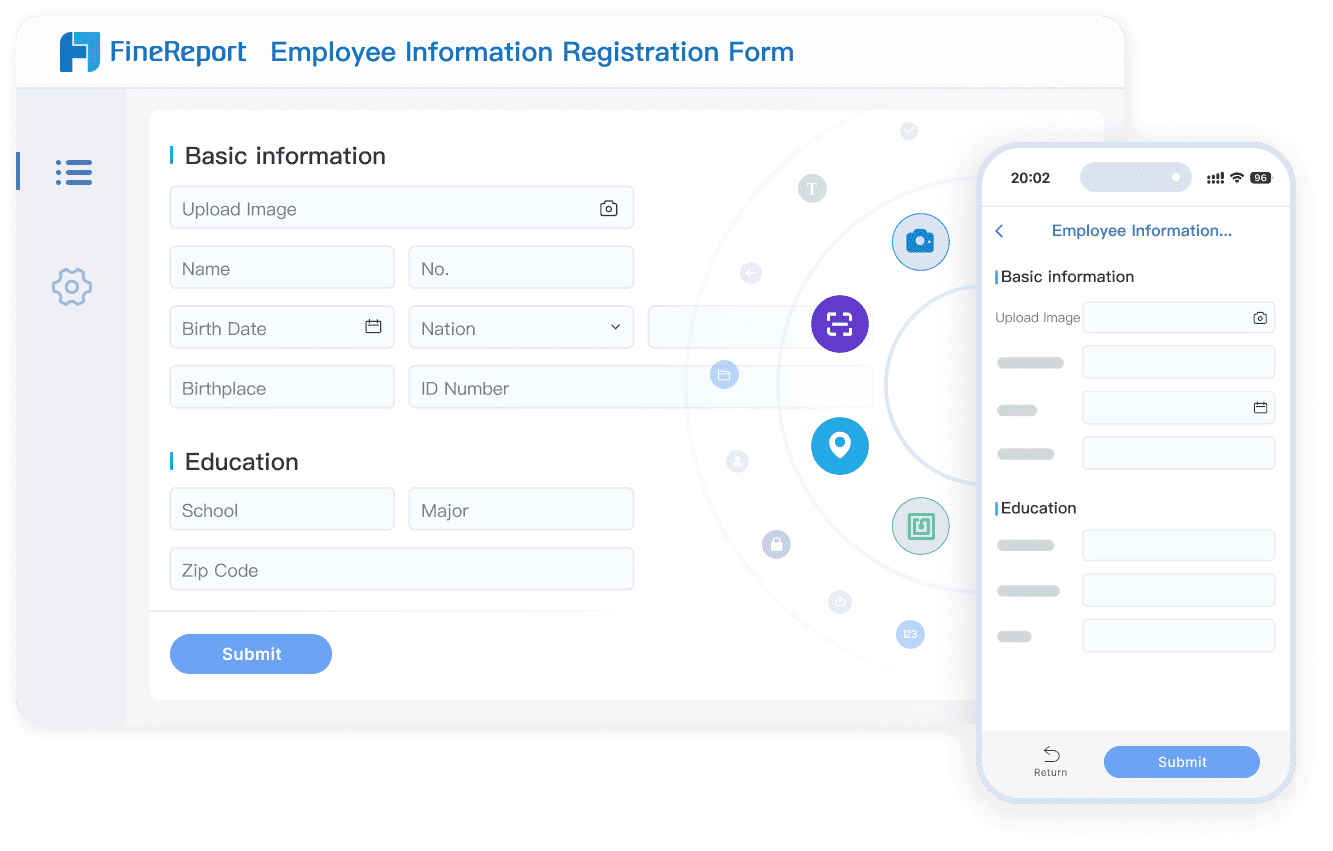
Here’s how FineReport’s automation capabilities improve accuracy:
| Capability | Benefit |
|---|---|
| Seamless integration with systems | Eliminates data islands and enhances report accuracy |
| Robust data entry features | Ensures data entered is accurate and reliable through validation checks |
| Unified view of data | Provides a comprehensive perspective for better decision-making |
By automating processes, FineReport helps you focus on analyzing data rather than correcting errors. This efficiency boosts productivity and ensures your organization operates smoothly.
Customizing data entry forms to meet business needs
FineReport allows you to create tailored data entry forms that align with your specific requirements. You can design forms for various purposes, such as attendance tracking, invoicing, or exam management. These forms are easy to customize, ensuring they fit your workflow perfectly.
For instance, businesses have used FineReport to:
- Develop attendance systems.
- Create invoicing systems.
- Build exam systems.
- Implement small financial systems.
Customizable forms enhance flexibility and ensure your data entry process adapts to changing business needs. This feature makes FineReport a valuable tool for organizations seeking efficiency and accuracy.
Leveraging FineDataLink for Data Integration
Synchronizing data across multiple systems in real-time
FineDataLink enables real-time synchronization of data across different systems. This feature ensures that your information remains consistent and up-to-date. By connecting multiple databases, FineDataLink eliminates the need for manual data transfers. This reduces errors and enhances the accuracy of your records in Malaysia.
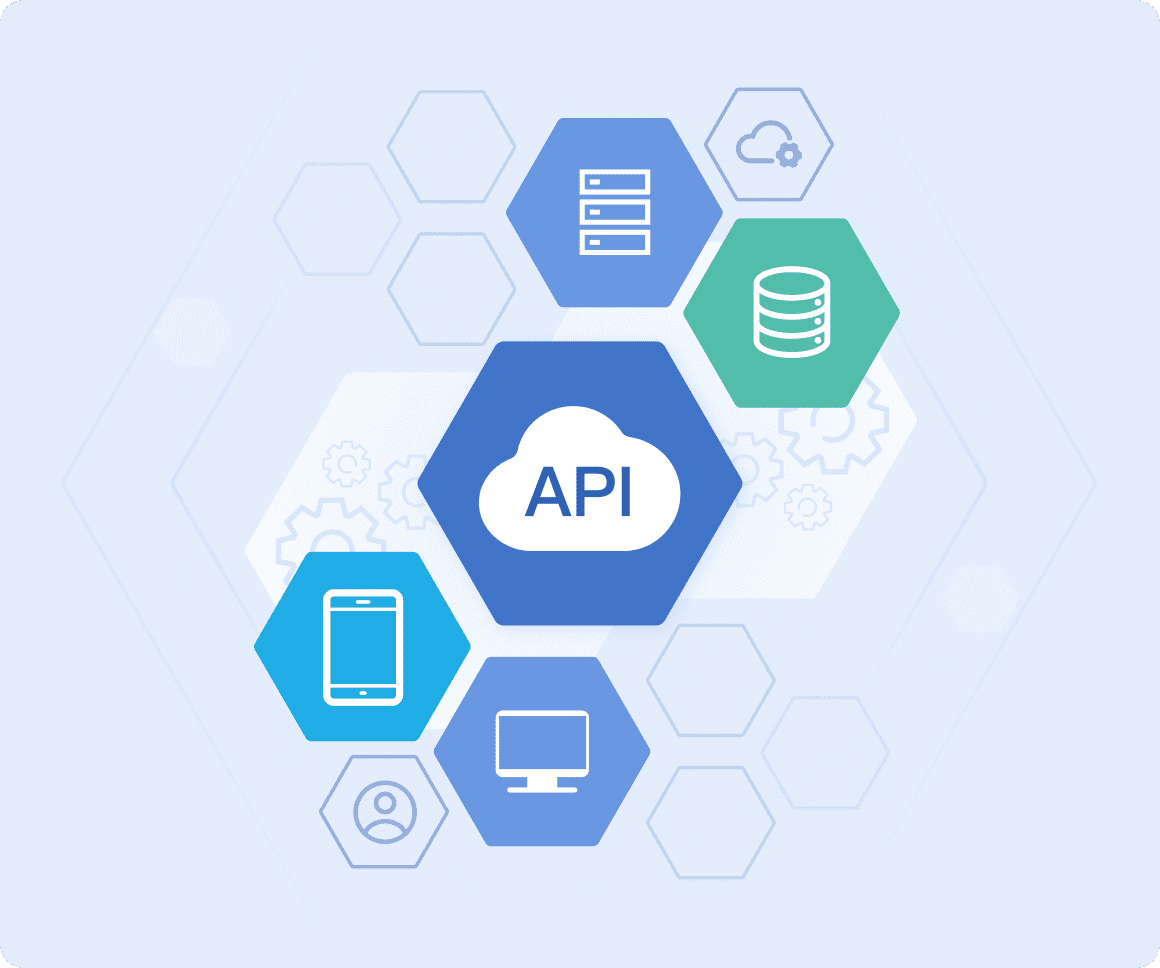
Real-time synchronization also supports better decision-making. With updated data at your fingertips, you can respond quickly to changes in your business environment in Malaysia. FineDataLink’s visual interface simplifies the setup process, making it accessible even if you lack technical expertise.
Reducing manual effort with automated workflows
FineDataLink automates workflows, minimizing repetitive tasks and saving time. Automation reduces the risk of human error, ensuring your data remains accurate. For example, you can use FineDataLink to automate database migrations or build real-time data warehouses. These capabilities streamline operations and improve efficiency.
By reducing manual effort, FineDataLink allows you to focus on strategic tasks. This tool enhances productivity and ensures your organization’s data management processes run smoothly.
Enhancing Reporting and Analysis
Using FineReport for dynamic reporting and visualization
FineReport transforms raw data into actionable insights through dynamic reporting. Its drag-and-drop functionality makes it easy to create visually appealing reports. You can customize templates to highlight key metrics, ensuring your reports align with business goals in Malaysia.
FineReport also supports advanced visualization options, such as interactive charts and geographical mapping. These features help you present data in a clear and engaging way, making it easier for decision-makers to understand complex information.

Integrating data entry with advanced analytics tools
FineReport integrates seamlessly with analytics tools, enabling deeper insights into your data. This integration allows you to analyze trends, identify patterns, and make informed decisions. For example, you can combine FineReport’s data entry capabilities with predictive modeling tools to forecast future outcomes.
By linking data entry with analytics, FineReport ensures your organization maximizes the value of its information. This approach enhances accuracy and supports strategic growth.
A career in data entry offers you the chance to develop essential skills like accuracy, time management, and software proficiency. These abilities not only enhance your productivity but also make you a valuable asset in any organization. Tools like FineReport simplify your tasks by automating processes and ensuring data accuracy, allowing you to focus on more strategic responsibilities in Malaysia.
This role provides flexibility and opportunities across industries such as healthcare, IT, and finance. You can work part-time, freelance, or even set your own schedule. Whether you're seeking supplemental income or a full-time career, data entry opens doors to growth and stability.
Tip: Start exploring data entry today to unlock a rewarding and flexible career path.
Click the banner below to try FineReport for free and empower your enterprise to transform data into productivity!
Continue Reading About Data Entry
How to Earn Money Fast with Simple Data Entry?
Top Platforms for Data Entry Work From Home in Malaysia
What Is Data Entry and Its Role for Businesses in Malaysia
Top Skills to Land High-Paying Data Entry Jobs
FAQ

The Author
Lewis
Senior Data Analyst at FanRuan
Related Articles

11 Best Tools for Research Analysis for Academics
Compare the 11 best tools for research analysis to boost academic and professional research efficiency, data management, and collaboration.
Lewis
Dec 11, 2025

10 Best Market Research Data Analysis Tools to Try This Year
See the top 10 market research data analysis tools to boost insights, streamline workflows, and make smarter business decisions this year.
Lewis
Dec 11, 2025
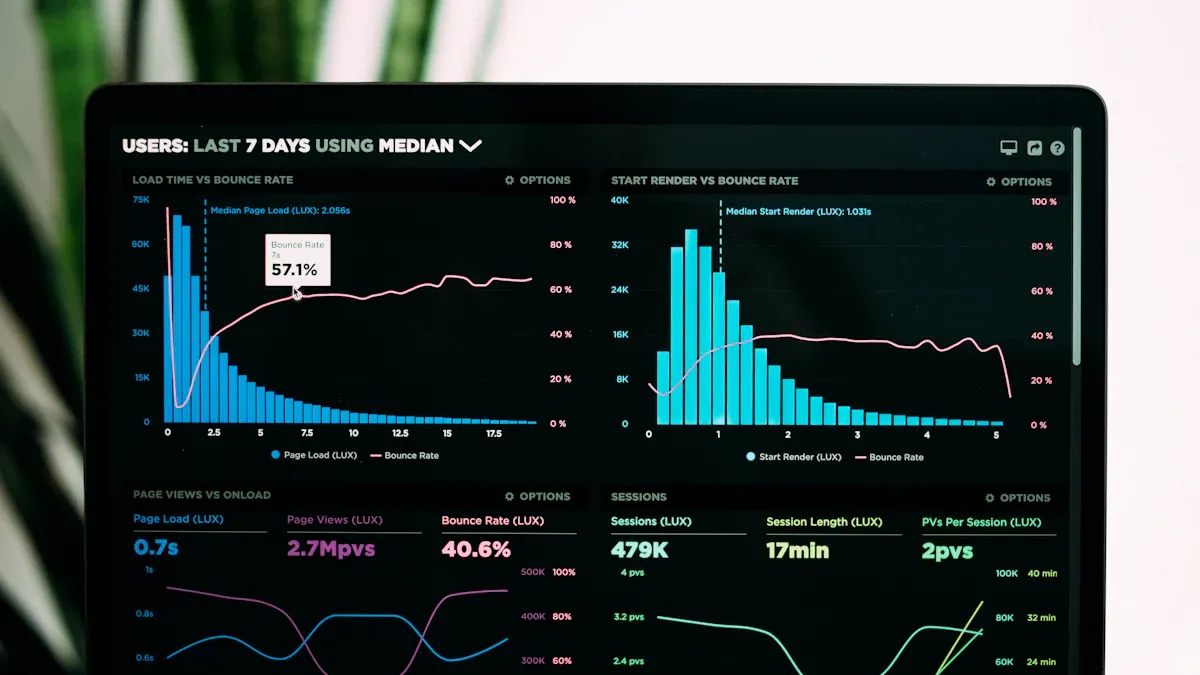
Top Financial Data Analysis Tools You Should Know
Compare top financial data analysis tools to boost accuracy, automate reporting, and empower your finance team with real-time business insights.
Lewis
Dec 11, 2025

